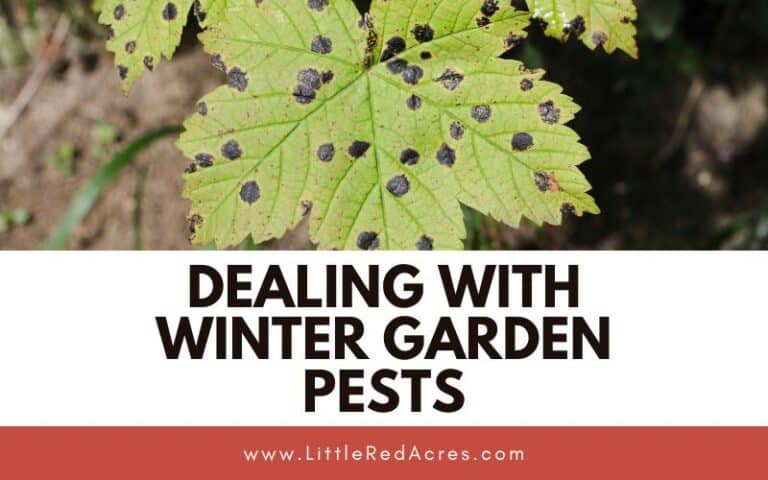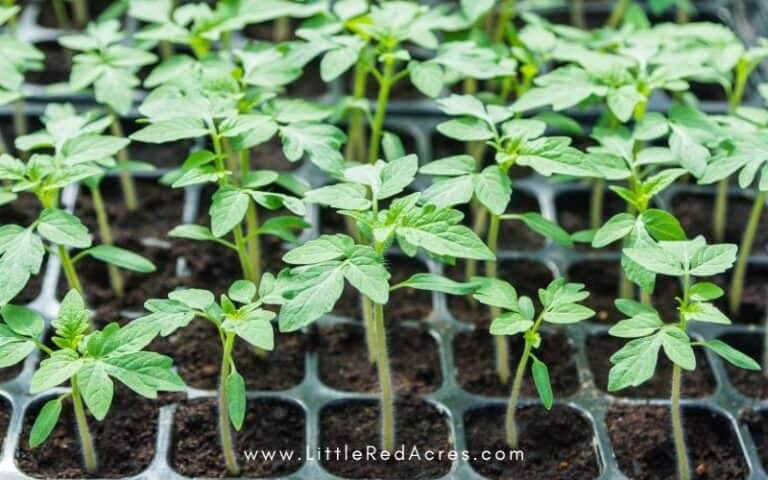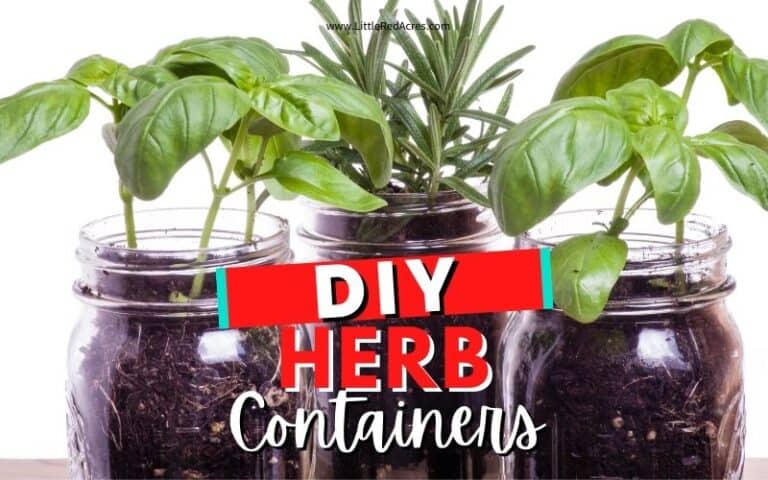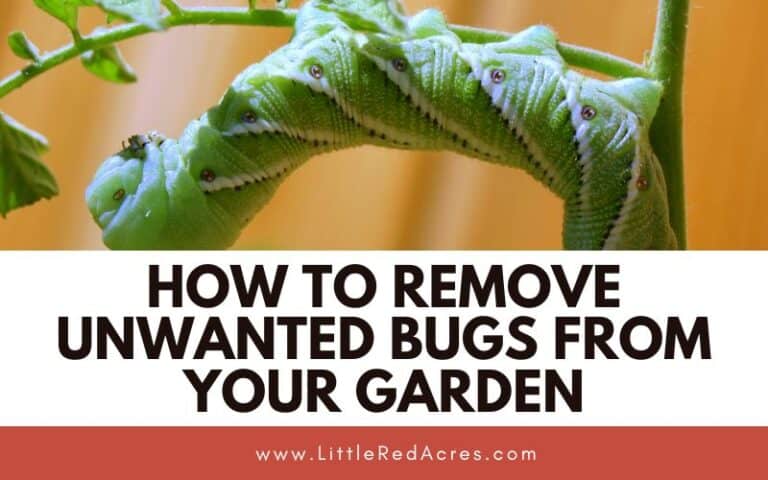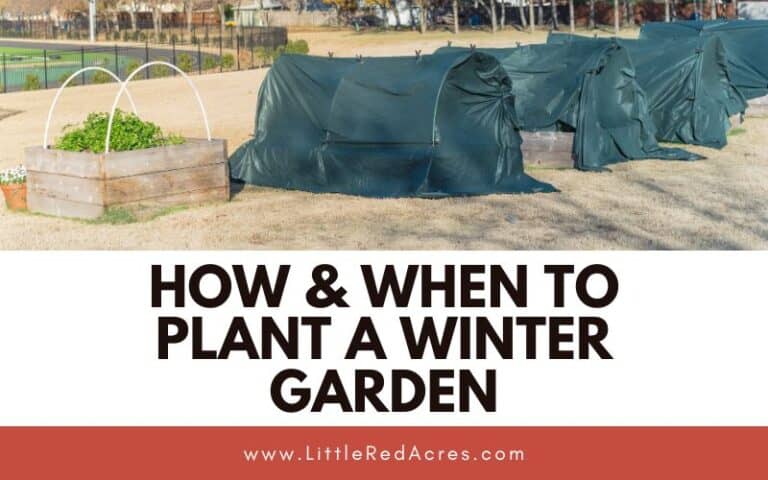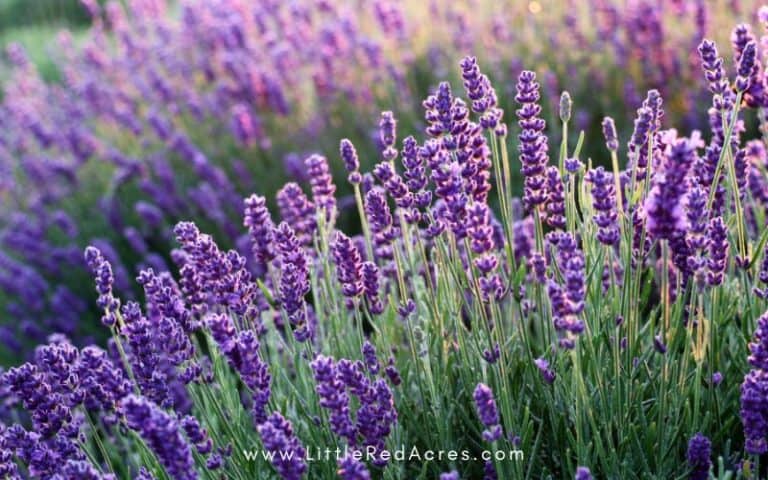Tips to Create Your Own Indoor Herb Garden
If you’re considering growing your own indoor herb garden, there are a few things to keep in mind. The first is that not all things that grow outdoors can grow indoors. I'm sure we have all tried something repeatedly that didn't work.
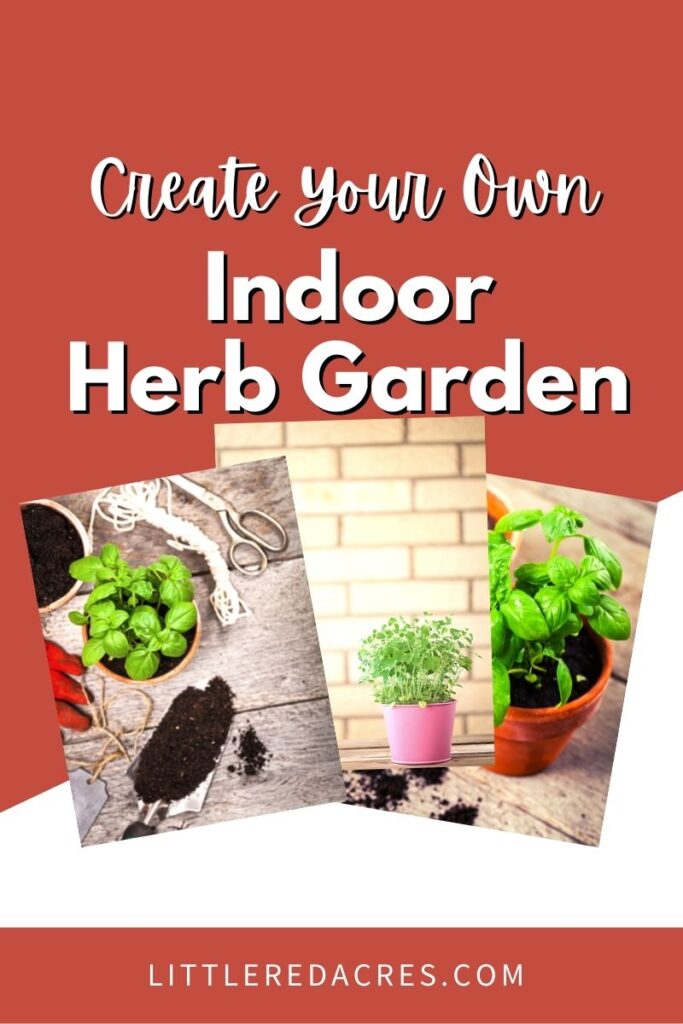
This post may contain affiliate links, see my disclosure policy for more information.
Important Tips to Create your own Indoor Herb Garden
Growing an indoor herb garden can be rewarding and fun. And it can be simple if done the right way from the start. Proper education before you get going is the key to success.
Here are seven tips to keep in mind when growing an indoor herb garden.
Get updates & freebies delivered to your inbox!
Sun Exposure
Most herbs need sun for about six to eight hours a day, so make sure you find a location in your house that offers this amount of sunlight. Proper sunlight is also responsible for the flavor of your herbs. The more sunlight they get, the better the flavor.

Proper Temperature
Keep the temperatures in your house or the room the herbs are located in at around 18 to 24C. If you need to reduce the growth of herbs, reduce the temperature to about 18C.
Water
Herbs need a moderate amount of water daily. It is best to keep the soil of herbs damp. Watering can easily be forgotten, so make a plan and keep to a schedule, pick a time of the day to water, such as while you wait for your coffee to perk.
Remember, now that the herbs are indoors they do not get water from rain, so it is up to you to keep up with it.
Proper Containers
Containers need to have proper drainage so that the herbs are not sitting in too much water. Add a thin layer of rocks to the bottom of your pots before filling them with soil to allow the water to settle there instead of in the soil.
You may even need to poke or drill a few holes in the bottom of the container if they don’t have any to start with.
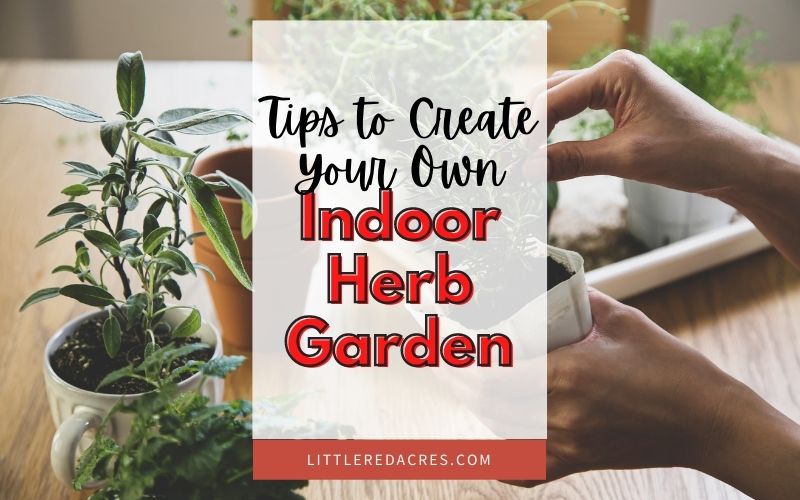
Rotate
Herbs need proper rotation under the sun to help with air circulation and to prevent mold. Turn your plants or rotate them a little every day so that each side gets the right amount of sun. This will also promote even growth.
Potting Mix
Indoor herbs need special attention when it comes to soil because it needs to provide more drainage. Dirt from the ground is too compact and usually less nutritious. Make sure you pick soil that is listed for indoor gardens.
Feed with Fertilizer
Fertilize your herbs once a week to promote strong growth. The best fertilizers for herbs are seaweed extract or fish-based.
Keep these tips in mind when starting or growing your indoor garden. This way you are sure to have a garden that will keep up with your delicious recipes. You’ll wow your family and your guests.

More on Herb Care
Growing an Herb Garden Outdoors
8 Reasons to Have A Small Herb Garden

